Test Methodology
I first install the cooler into a hemi-anechoic chamber, and with the help of a highly sophisticated sound analyzer, I take all necessary noise measurements required for the testing. Afterward, I install the system inside a giant climate chamber, where the ambient temperature remains steady at 25 degrees Celsius; this way, I don’t have to take the delta difference into account since I can evaluate all coolers under the same ambient temperature. I used to believe that taking the delta difference between the measured temperature of the CPU and the ambient temperature provided accurate results. Still, after testing with the climate chamber, I soon realized this was not the case.
- Manufacturer: Giant Force
- Model Number: GTH-800-20-CP-AR
- Temp Range: -20℃ ~ +100℃
- Humidity Range: 20% ~ 98% RH
- Temp/humidity Constancy: ±0.2℃; ±2.5%RH
- Temp/humidity Uniformity at center: ±0.5℃; ±4%RH
- Indication Resolution:
- Internal Dimensions (WHD): 100 x 100 x 80 cm
- External Dimensions (WHD): 145 x 190 x 135 cm
- Net Weight (approx): 450 kgs
- Heat-up Time (No load, no linear): (from 20°C to +100°C) 30min
- Pull-down Time (No load, no linear): (from 20°C to -20°C) 50min
- Cooling System: Airtight compressor + evaporator fins + air-cooling condenser
- Power Source: 3Φ AC 380V ±5%, 50Hz±1% 10KW
- Based on Standards: ISO 5801-2007, AMCA 210-0, ASHRAE 51-2007, IEC 61591-2005, GB/T 1236-200
Besides the Giant Force climate chamber, I also use the following equipment.
- Noise Test Environment: Hemi-Anechoic Chamber with 6 dB(A) noise floor
- Conditions: 25 (+-2) degrees Celsius, 40-50% humidity
- Sound Analyzer: Bruel & Kjaer 2270-S G4
- Microphone: Bruel & Kjaer Type 4955-A
- Mic Calibrator: Bruel & Kjaer Type 4231
- Data Logger: Picoscope TC-08
To evaluate the coolers, I use a superpower-hungry Intel i9-13900K. This beast reaches 360W of sustained load, which I measure accurately using a Powenetics v2 system. Below are all the parts of the CPU cooling station test system. The thermal paste I use is Arctic Cooling MX-4. I run at least two test sessions and take the average results. In all tests, the applied conditions are the following:
- Ambient Temperature: 25°C ±0.5°C
- Humidity: 30% ±4%RH
Intel Test System Specs |
||||
| Mainboard | Asus Prime Z690-A | |||
| CPU | Intel 13900K Package Power Limit (PL1, PL2) set to 250W | |||
| GPU | NVIDIA 1070 Ti | |||
| NVMe | XPG GAMMIX S50 Lite 1TB | |||
| RAM | XPG Lancer DDR5 (2 x 16GB) 6000MHz | |||
| Power Supply | Seasonic Vertex 1200W (Cybenetics Platinum) |
|||
| CPU Cooler | What is under test! | |||
| Case | DimasTech Bench | |||
I also use an AMD system to evaluate the cooler’s performance. This processor’s maximum actual TDP is 195-200W.
AMD Test System Specs |
||||
| Mainboard | Asus TUF GAMING X670E-PLUS | |||
| CPU | AMD Ryzen 9 7900x | |||
| GPU | Embedded | |||
| NVMe | XPG GAMMIX S50 Lite 1TB | |||
| RAM | XPG Lancer DDR5 (2 x 16GB) 6000MHz | |||
| Power Supply | Seasonic Vertex 1200W (Cybenetics Platinum) |
|||
| CPU Cooler | What is under test! | |||
| Case | Cooler Master Test Bench | |||
The load application is no other but the notorious Prime95 (small FFTs), which applies a tremendous load to the processor. I run each test for 20 minutes, allowing for a 10-minute cool period between each test. The whole procedure is fully automated thanks to a particular application that I made for this purpose. In AIOs, the pump runs at full speed during the entire testing duration.
The critical point in my methodology for coolers is that I consider the CPU’s average frequency during testing because it doesn’t remain steady throughout the tests. It constantly changes according to the load and the operating temperatures. Moreover, I have the Powenetics system to continually measure the CPU’s power consumption, which is way more accurate and faster than using a software solution like HWinfo.
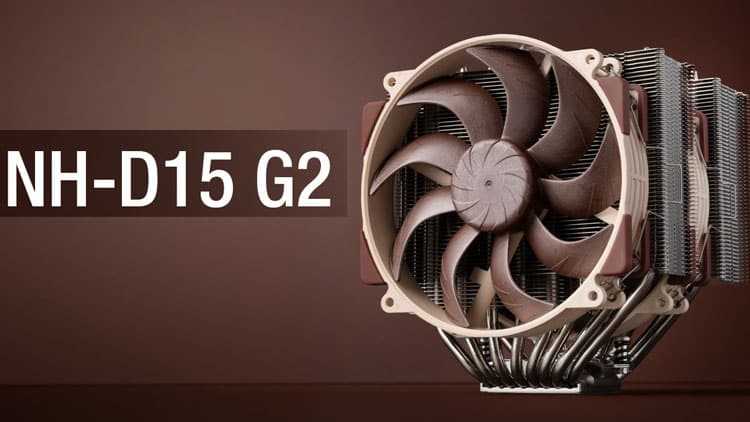
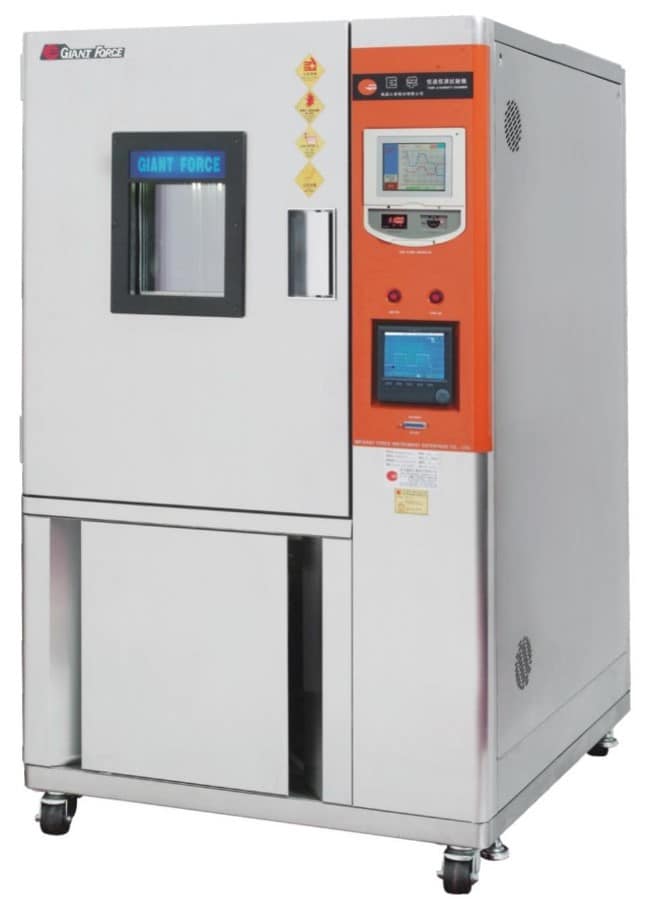
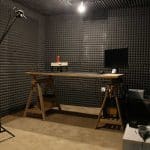
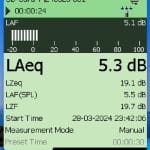
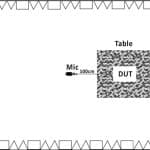
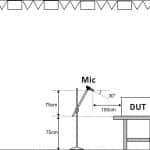
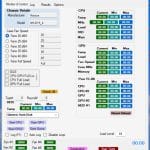

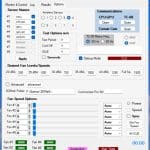

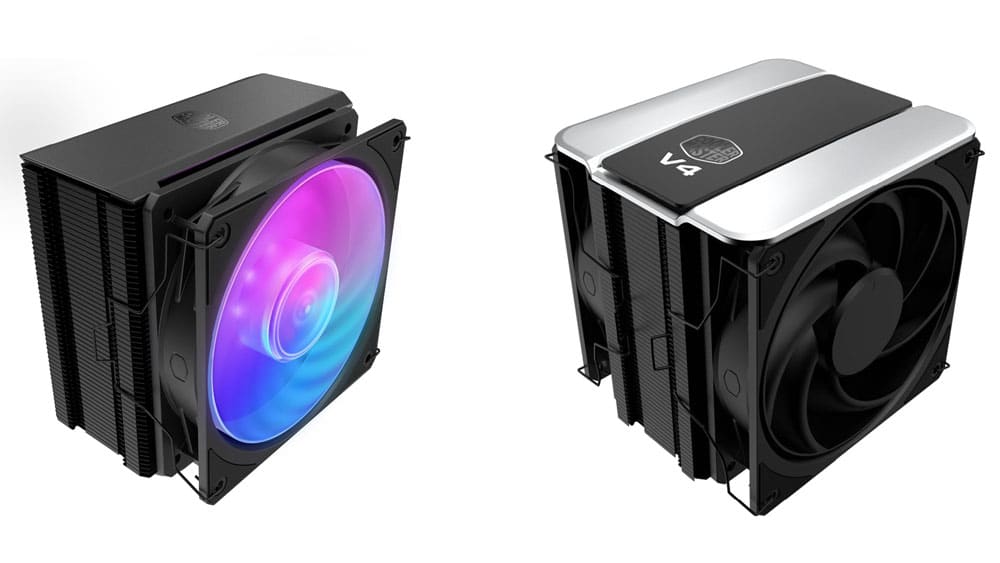
Oh how I wish you included any of the Phantom Spirit coolers, or ID-Cooling Frozn A720 in your charts. Those truly give Noctua run for their money.
Anyway, have you ever considered testing your coolers by combining them with aftermarket fans? Like, I would really like to know how would G2 perform with a pair of Shark Force 140s, or a pair of SF Megacool 140s. Off the record I mean, I don’t expect you to include that kind of tests in your regular reviews. No doubt that would make testing process an absolute nightmare to complete.
I am waiting for TR to send me some of their coolers. Hopefully soon.
I have seen 3 reviews so far, and the fins rattle at full speed. What a joke from Noctua, 150€ for what?? The fan design is a copy/paste from a car fan radiator(peugeot 308), I just don’t see the value here(plastic washers, metal bits, an extra heatpipe, etc), maybe that screwdriver is the most expensive thing, it’s a trend these days for overpriced screwdrivers.
Excellent review very easy to follow and understand it, well done.
I’m leaning towards the G1 at apx 120 eur rather G2 at 180 eur.
I would really like to buy from a European brand, and i like the esthetic.
However, these are not made far away from TR factory…. Would expect made in Europe for this price.
Still, TR phantom spirit is 60 eur.
Oh! I’m very interested to learn where the Noctua and Thermalright coolers are made. Can you share your source?
I don’t have a clue 🙂
Noctua’s heatsinks are made by Kolink
https://noctua.at/en/rascom-kolink